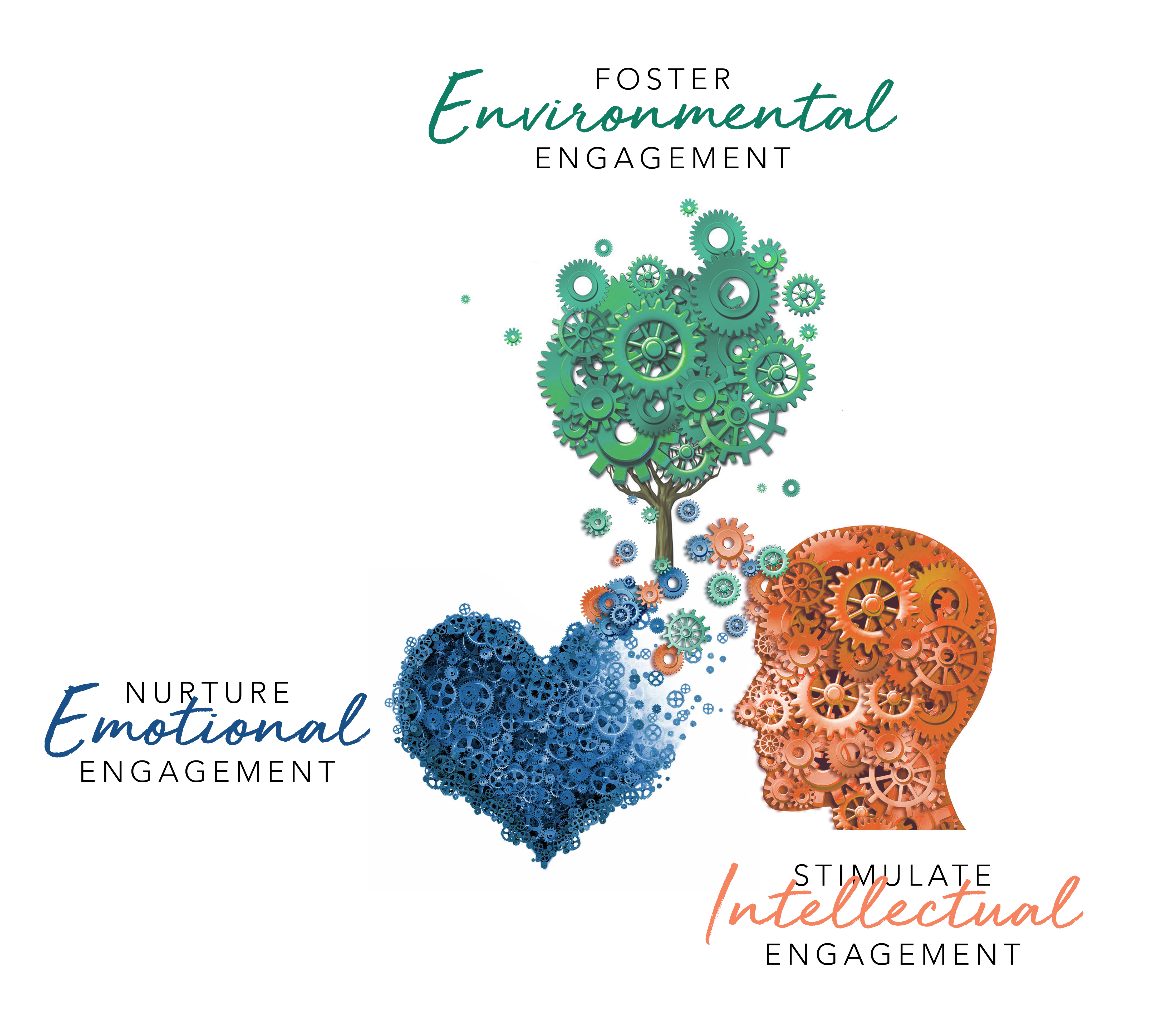Video - What Does 'Learner Engagement' Mean?
We frequently use the term 'learner engagement' in corporate learning. But what does it mean? In the traditional face-to-face classroom,...
4 min read
 Jennifer Hofmann
:
Jan 27, 2022 9:30:00 AM
Jennifer Hofmann
:
Jan 27, 2022 9:30:00 AM

The shift to the digital classroom promises greater flexibility, the opportunity for more frequent interaction, and works to reduce travel costs. But the approach of simply transferring what used to work for in-person training doesn't create a digital experience that leads to effective adult learning or performance improvements - it simply doesn't fit the virtual space.
Learning technologies have become so ubiquitous in the modern digital workplace that training professionals finally are able to move the focus from:
Virtual and blended learning curricula, when designed to maximize intellectual engagement and knowledge transfer, provide vast opportunities to incorporate the tenets of adult learning theory.
No surprise, you need to design the digital learning experience based on strong performance-based objectives – but we need to make sure we aren’t relying on the technology to do the job of engaging learners for us.
First, let’s refresh our memories on how adults learn and then move on to how that impacts intellectual engagement when designing for the digital classroom.
Adult learning theory and principles haven’t changed with the introduction of digital learning - we just need to be thoughtful about how we apply them.
There are many options for learning –
You know them as well as I do. Maybe better!
It is generally understood that lecture by itself is not the best way to transfer knowledge to the adult learner. In the 1970s, Malcolm Knowles introduced the basis for modern adult learning theory, focusing on a collaborative approach to learning rather than the traditional schoolhouse lecture.
As a refresher:
Adult learning theory – that’s the foundation of Intellectual engagement.
(Intellectual Engagement is a key component of InSync’s InQuire Engagement Framework™ - focused on stimulating curiosity and ensuring learning takes place.)
Basically, learners engage in experiences that respect their existing knowledge and background, include them in the process, and relate directly to their work. Sounds reasonable, but these fundamentals can get lost in the shuffle of intricate instructional design processes.
And with digital learning technologies, it’s easy to fall into the trap of letting the technology do the work of engagement.
When it comes to all things related to the digital classroom, we’ve been largely focusing on the technology and delivery formats, thinking that technology is enough to intellectually engage. We have not been focusing on the application of adult learning theory to maximize engagement and cultivate effective adult learning.
To develop intellectual engagement, the learner intent must be aligned closely to the design intent. As instructional designers, we often identify the business or design intent in the needs analysis or how we make decisions about instructional design.
We are trying to develop some level of mastery, but for the learner to get where they need to be, their intent must be aligned with what the business wants them to do.
This is not to say that all training must be directly relevant to the personal interests of the learner, but the learner has to believe that the instructional design aligns with what they need to do.
This is where modern learning, especially webinar-style events, falls flat.
Generally, the pattern is to design them as if learners just want to get them over with. Sometimes we put content out there to check a box. We’re designing as if the learner just wants to get it over with, and that makes them just want to get it over with.
To move intellectual engagement from a theoretical concept to a practically applied instructional habit, we need to get in the routine of asking:
To generate a high level of intellectual learner engagement, instructional designers will need to not only go back to fundamental models, but also revise the process they’ve used in the past. It takes practice and commitment, but the outcomes for the learners and the organization make it a worthwhile effort.
To maximize learning, online learners need to be more than a name and a learning management system. They should be treated as colleagues. The design should facilitate that. The different technology applications that you use should support the design.
It’s about successful applications of learning. Not about the technology.
Ultimately, the learner is the arbiter of what’s important to him or her. Blended and virtual learning make it easy for the learner to make decisions about when to engage or disengage.
It’s the job of the training professional to ensure that the adult learner is motivated to participate and intellectually engaged.
We frequently use the term 'learner engagement' in corporate learning. But what does it mean? In the traditional face-to-face classroom,...

Hybrid Learning is the New Blended Learning Today’s learning environment is complicated. Not only do we need to intellectually engage individual...